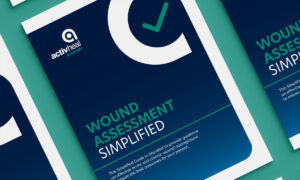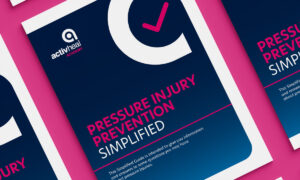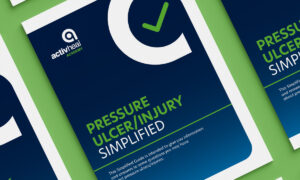Simplified Modules
Free

Why Wounds Fail To Heal Simplified
Learning outcomes:
- Some of the common signs of failure to heal
- Possible causes
- Some interventions
Free

Biofilm, Bioburden and Antimicrobials Simplified
Learning outcomes:
- Identifying and managing biofilm
- Managing bioburden
- The use of antimicrobials
Free

Wound Assessment Simplified
Learning outcomes:
- Understanding the significance of a full patient history
- The importance of identifying the condition and complexity of a wound
- The need to undertake a full assessment of the surrounding skin
- Understanding the impact of wound symptoms
Free

Dressing Selection Simplified
Learning outcomes:
- Identifying the factors to consider before selecting a dressing
- Recognising the different tissue types and treatment aims
- Awareness of the variety and types of dressings available
- Identifying the significance of choosing the correct dressing
Free

Pressure Injury Prevention Simplified
Learning outcomes:
- The significance of a full assessment of the skin
- Understand the key principles of pressure injury prevention
- Identify the equipment and tools available to relieve pressure
Free

Moisture Associated Skin Damage Simplified
Learning outcomes:
- Be able to differentiate between four types of MASD(Moisture Associated Skin Damage)
- Understand how to prevent MASD
- Understand the treatment of MASD
- Recognise the difference between moisture and pressure
Free

Infection Simplified
Learning outcomes:
- Stages in the wound infection continuum
- Risk factors of infection
- Signs and symptoms of infection

